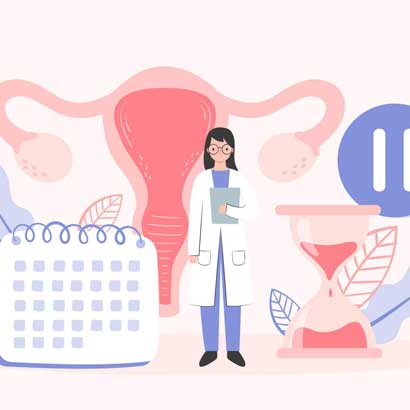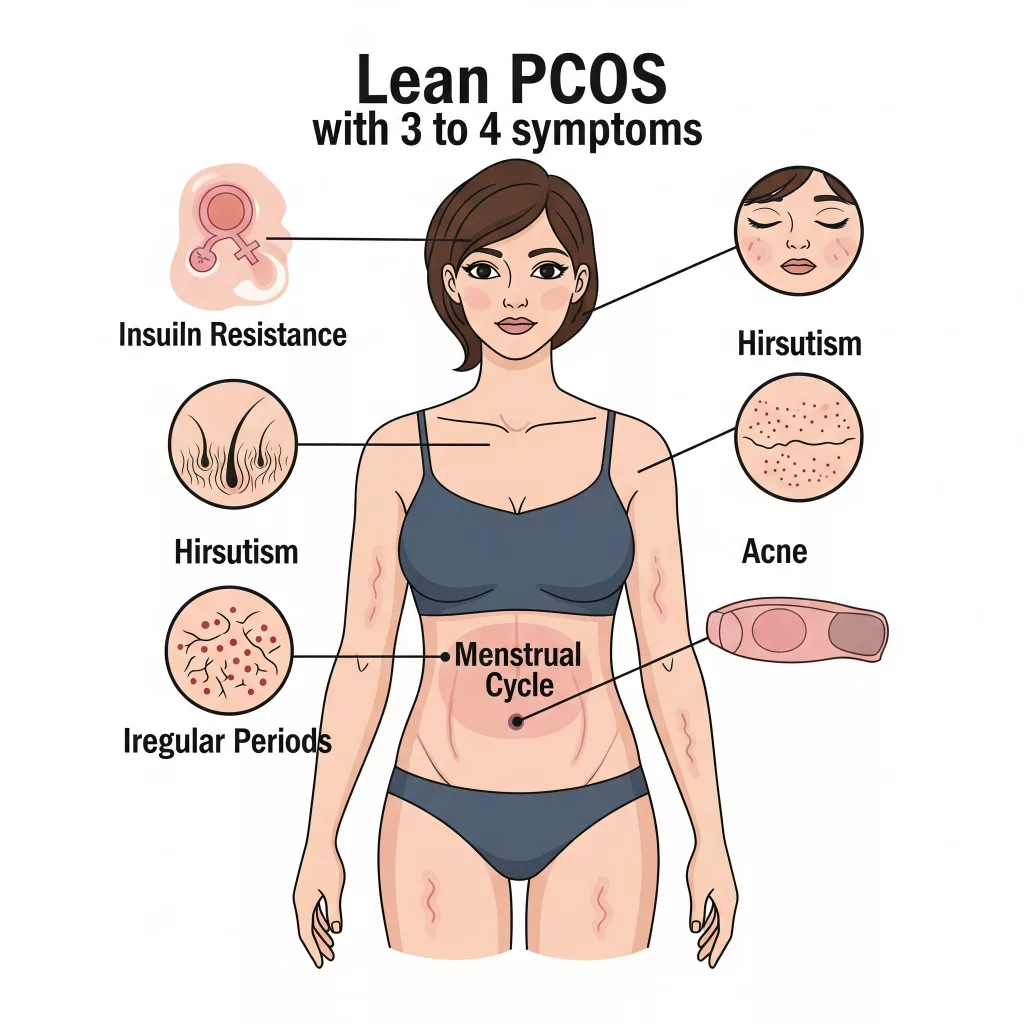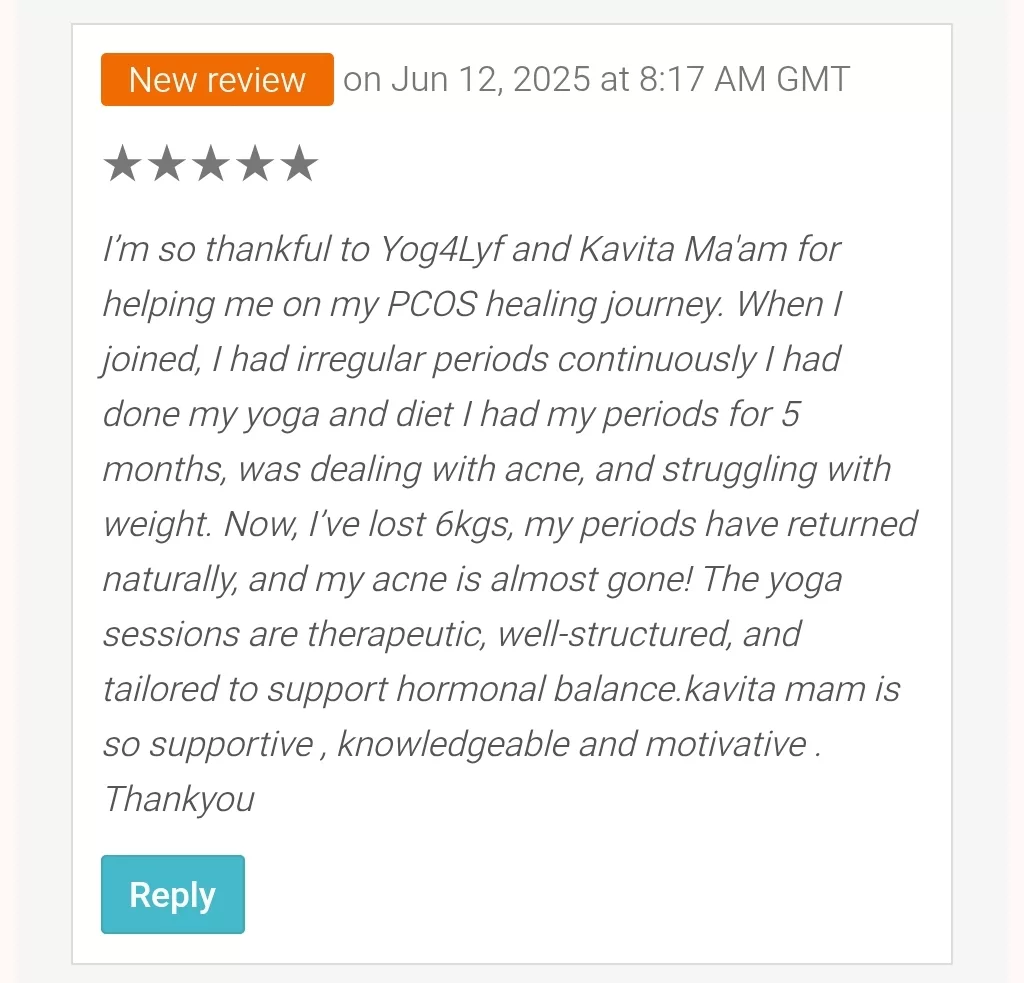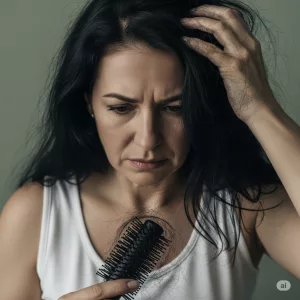
Women with Polycystic Ovarian Disease (PCOD),often suffer with hairfall and the emotional pain often outweighs the physical symptoms. If you’re noticing thinning hair, bald patches, or excessive shedding, and also live with PCOD, know this: you are not alone, and this is not the end of your story. when hair begins to fall excessively. While modern medicine offers helpful interventions, yoga and pranayama provide a deeply holistic route to not only control hairfall but to regulate the inner hormonal chaos that causes it.
Let’s begin by understanding the root causes and then dive into how ancient healing practices can gently guide your body back to balance.
The Biology Behind Hairfall in PCOD
PCOD is fundamentally a hormonal disorder. One of its key characteristics is the overproduction of androgens, often referred to as “male hormones.” In excess, androgens can shrink hair follicles, shorten the growth cycle of hair, and cause a condition called androgenic alopecia, which leads to thinning and hair loss, especially around the crown and hairline.
But the story doesn’t stop at androgen’s. Insulin resistance, which is common in PCOD, contributes to excess insulin in the bloodstream, which in turn triggers the ovaries to produce more androgens. Chronic inflammation, poor metabolism, and thyroid dysfunctions often coexisting with PCOD, further weaken the hair structure and disrupt natural regrowth.
This internal hormonal imbalance translates externally into visible hair loss and for many women, that change is emotionally devastating.
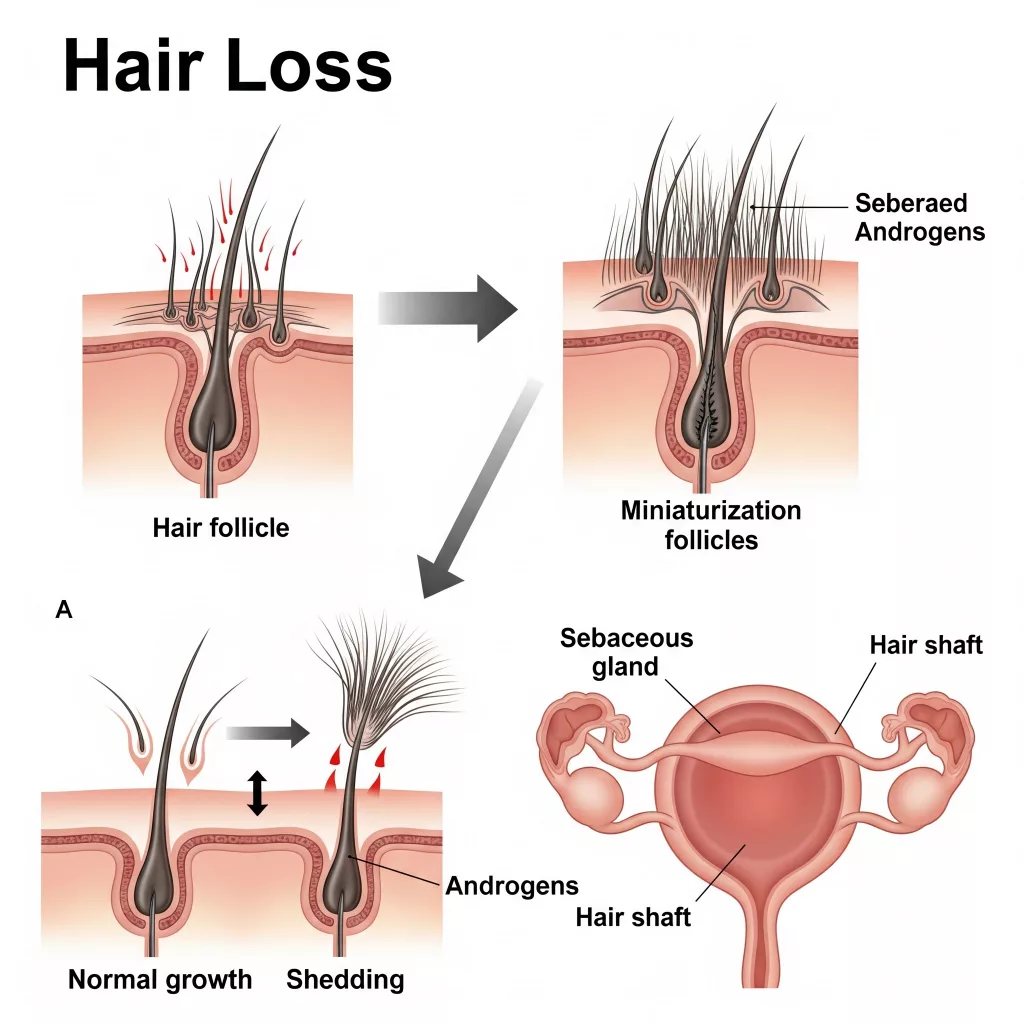
Emotional & Psychological Toll of Hair Loss
Hairfall is not just a cosmetic concern it’s deeply emotional. Women experiencing this often report feeling helpless, unattractive, or even ashamed. Social anxiety, lowered self-confidence, and depressive thoughts become frequent companions.
The psychological stress caused by PCOD and hairfall creates a vicious cycle: stress increases cortisol levels, which worsens hormonal imbalance, which in turn intensifies hair loss. What’s needed is not just a topical solution, but a deep mind-body reset.
How Yoga Regulates Hormones and Reduces Hairfall
Yoga is more than movement, it is a neuroendocrine modulator. By engaging the nervous system and endocrine system simultaneously, yoga facilitates a cascade of healing responses.
Regular practice of yoga:
- Stimulates the hypothalamus and pituitary gland, which control most other hormones in the body.
- Improves insulin sensitivity, helping reduce androgen production from the ovaries.
- Enhances thyroid function, supporting metabolism and overall hormonal health.
- Boosts blood circulation, especially to the scalp, nourishing hair follicles and promoting growth.
- Detoxifies the body by activating the lymphatic system and improving digestion, which in turn impacts skin and hair health.
The cumulative effect is a more balanced internal environment where hair can thrive again naturally.
Stop your PCOS, Stop your Hairfall, checkout our Yoga Courses!
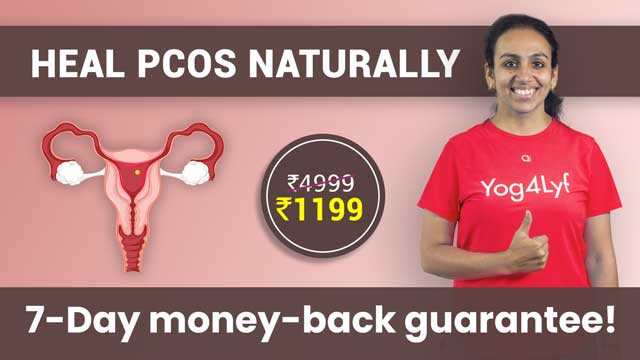
Specific Yoga Asanas for Hairfall in PCOD
Practicing specific asanas (yoga postures) can target the hormonal imbalances and physical stagnation that contribute to PCOD and hairfall:
Balasana (Child’s Pose):
A gentle resting posture that relaxes the adrenal glands and releases built-up stress, fostering hormonal calm.
Adho Mukha Svanasana (Downward-Facing Dog):
Increases blood flow to the scalp, stimulating hair follicles while stretching the spine and hamstrings.

Sarvangasana (Shoulder Stand):
Known as the “Queen of Asanas,” it stimulates the thyroid and pituitary glands—both vital for hormonal harmony.
Setu Bandhasana (Bridge Pose):
Strengthens the pelvic region, massages reproductive organs, and balances hormones.
Matsyasana (Fish Pose):
Opens the throat, activates the thyroid, and improves respiration and circulation.
These postures, when practiced regularly, don’t just address symptoms, they restore hormonal dialogue within the body.
Pranayama: The Breath as a Hormonal Balancer
Pranayama, or yogic breathing, acts as a powerful hormonal rebalancer by calming the nervous system and regulating the body’s stress response.
When practiced consistently, pranayama:
- Reduces cortisol levels, soothing the adrenal glands.
- Enhances oxygen supply to the scalp and hair roots, which promotes cellular regeneration.
- Encourages deep relaxation, which breaks the cycle of stress-induced hairfall.
- Balances the HPA axis (hypothalamus-pituitary-adrenal), a key hormonal circuit involved in PCOD.
Pranayama Techniques to Complement Hair Health
A few minutes of daily pranayama can offer profound results. Here are a few effective practices:
Anulom Vilom (Alternate Nostril Breathing):
- Calms the nervous system and balances the right and left hemispheres of the brain, encouraging hormonal balance.
Bhramari (Bee Breath):
- Creates a gentle vibration that soothes the hypothalamus and relieves anxiety.
Sheetali Pranayama (Cooling Breath)
- : Reduces inflammation and calms internal heat, helping with scalp irritation and hair damage
Holistic Lifestyle Tips Alongside Yoga
Yoga and pranayama work best when paired with mindful lifestyle habits:
- Prioritize Sleep: Aim for 7–8 hours of restful sleep to regulate cortisol and melatonin levels.
- Nourish with Nutrients: Include foods rich in iron, vitamin D, zinc, and omega-3s. Whole grains, nuts, seeds, leafy greens, and lentils should be staples.
- Stay Hydrated: Water aids in detoxification and improves skin and scalp hydration.
- Reduce Sugar and Processed Foods: To manage insulin resistance and inflammation.
- Use Gentle Hair Care: Avoid chemical treatments, excessive heat, and switch to natural oils like bhringraj, amla, and coconut oil with gentle massages.
Holistic wellness isn’t about doing everything at once, it’s about choosing balance daily.
Healing Takes Time: Be Kind to Yourself
Dealing with PCOD and hairfall can often feel like a battle you didn’t sign up for. But remember, healing doesn’t happen in a rush, it unfolds with kindness, patience, and consistency. Yoga and pranayama invite you back into your body with compassion. They remind you that you are not broken, just imbalanced, and that balance can be lovingly restored.
You are more than your hair. You are a whole, powerful being capable of heal .Let your breath be your anchor. Let movement be your medicine. And most importantly, let self-love be your guide.






